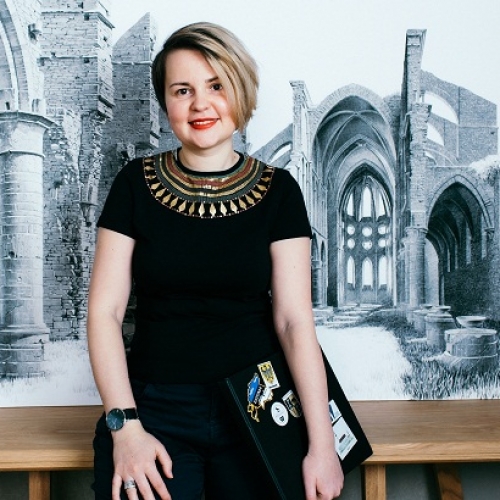
Eleanor Mill
1-8 October 2023
Description of my artist
technique:
I am a watercolour and
graphics artist. Foremost I work in a realistic manner.
What I reckon is that the best
practice for learning & pleasure is Plein Air and Urban sketching.
As a Plein air practice, I’m
going to teach my students watercolour wet-on-wet technique. It is a quick and
impressive way, which helps to create air-filled spaciousness landscapes.
Usually work on the painting takes 3-4 hours.
Watercolor wet-on-wet or watercolor
on glass is one of the classic techniques.
The most important tool for
this technique is a glass (plastic or plexiglass, or any water-resistant
surface)
The key aspect of this
technique is that we no need of any additional fasteners. We no need to fix a
sheet to the surface.
We use a wet sheet of paper
without tape, clothespins, clips or any others.
The idea is that as long the
sheet is wet, it is absolutely flat. That is a perfect surface to work on.
We moisten the leaf on the
back side only. Then wet back side of the sheet securely stick to the glass.
Paper won’t bend and wave during the work.
The sheet will be generously soaked with moisture, but the front side will remain dry enough so that the watercolour does not spread over it. In this way, we will be able to control the edges of our drawing. And any applied colour won’t dry immediately and will remain mobile for some time.
My recommendation list of
tools:
- Plastic or plexiglass, or
any hard water-resistant surface. I recommend using a 40x60 cm drawing board.
- Watercolor paper 100%
cotton. I usually use a half of imperial sheet paper: 38x56 cm. But it’s
optional.
- Watercolor paint set. It’s
better to use your favorite. I could give some recommendations for colors, but
I’m not sure that it’s necessary.
- Watercolor brushes: round,
flat or just favorite type and sizes.
- Optional! But I also use
tripod support for my glass surface. It is very useful.
- Graphit pencil.
- A few clips (usually we
don’t use it, but sometimes on the windy day it’s better to have additional
fasteners. The only extra difficulty may occur on the street on a windy day. A
gust of wind may simply rip a piece of paper off the surface. And it will fly
away.)
- A bottle of water + spray
with water.
In the second part of the
practice we are going to give our attention to sketching in an album. As a
result at the end of our trip, we will get a beautiful album of Morocco
sketches. The drawing story of our travel in the art book, what could be better
for sweet memories?
Example:
https://www.youtube.com/watch?v=1WW-7CmhSnw
The urban sketch is a short drawing from the spot. It takes usually 30-90 minutes. During one day we can mix one big watercolor artwork wet-on-wet and a couple of sketches.
What we need for sketching:
- Art album with watercolor
paper or set of singles sheet. But I recommend use an album for creating a
whole story.
- It’s better to have HP or CP
surface of the paper. (I prefer HP - Hot Press for sketching).
- Watercolor set.
- Liners or ink pen with
water-resistant ink.
- Pen or liner with white ink
might be helpful.
So watercolor wet-on-wet and urban sketch is a perfect opportunity to practice our skills, save unforgettable memories and enjoy picturesque and vivid Morocco landscape.
Southern Morocco
Discover the riches of southern Morocco; sand dunes, plateaus and oases. From Marrakech, you cross the High Atlas, descend to the Daraa Valley, cross the great zagoura and Mhamid desert. In addition, you will discover all the wealth of the Zagora region: the stage city for the caravans who went across the Sahara to bring back the precious salt, gold and ivory from Timbuktu. Under palm trees, fruit trees and crops, a multitude of villages and sumptuous kasbah are available to you. You will leave Zagora via the Drâa valley by the road leading to Ouarzazate, and from there will join the pearl of the south: Marrakech.
Why you will love this Trip
• With the help of a local guide, you will have the impression of going back in time to the Middle Ages wandering the labyrinthine medina of Ait Ben Haddou, Skoura.
• Take the opportunity to travel through the spectacular red dunes of the Sahara by camel and have an unforgettable sunset experience.
• Djemaa el-Fna Square in Marrakech is a city within the city. Explore one of the largest meeting places in the world, joining the night carnival atmosphere of fortune tellers, dancers and healers.
•Skoura is a town in Ouarzazate Province, Drâa-Tafilalet, Morocco. Skoura is a fertile oasis lined with immense palm groves. The Kasbah Amerhidil is part of Skoura palm grove alongside more.
• Erg Chegaga is a city located in the Sahara Desert in southern Morocco. It is best known for its stunning sand dunes, which are among the largest in the country, reaching heights of up to 300 meters. The city is a popular destination for tourists who want to experience the desert lifestyle, and there are many tours and excursions available that allow visitors to explore the surrounding area. In addition to the dunes, Erg Chegaga is home to several nomadic communities who have lived in the area for generations. These communities offer a unique insight into the traditional way of life in the Sahara, and many visitors choose to stay with them to learn more about their culture and customs. Despite its remote location, Erg Chegaga has a thriving tourism industry, and there are a number of hotels and guesthouses in the area that cater to visitors from all over the world.
Terms
Workshop Trip 8 days / 7 nights all inclusive:
This price includes:
- More than 40 hours of lessons spread over 8 days for a maximum group of 15 people
- Airport / Hotel transfers
- (air-conditioning) 17-seater vehicle with driver
- official licend tourist guides
- Full board accommodation,
- Tourist taxes to be paid on site
Accompanying Person Trip 8 days / 7nights all inclusive:
- Full board accommodation,
- Airport / Hotel transfers
- (air-conditioning) 17-seater vhicle with driver
- official licend tourist guides
- Tourist taxes to be paid on site
These prices do not include:
- Roundtrip flights to Marrakech
- Painting equipment
- Entrance fees to monuments
- Single room With supplement 150 $
- On-site purchases.
Gallery Photos :
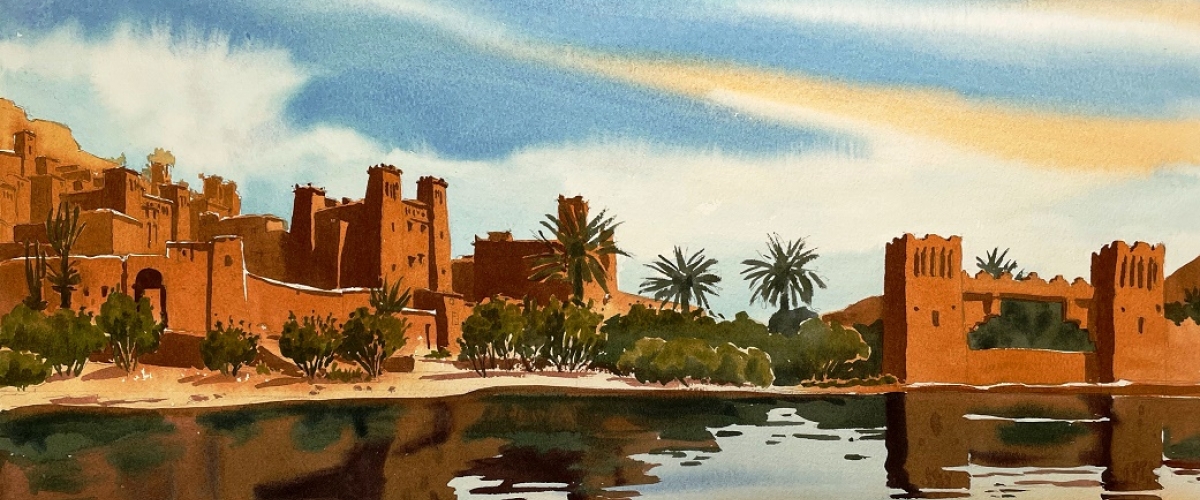
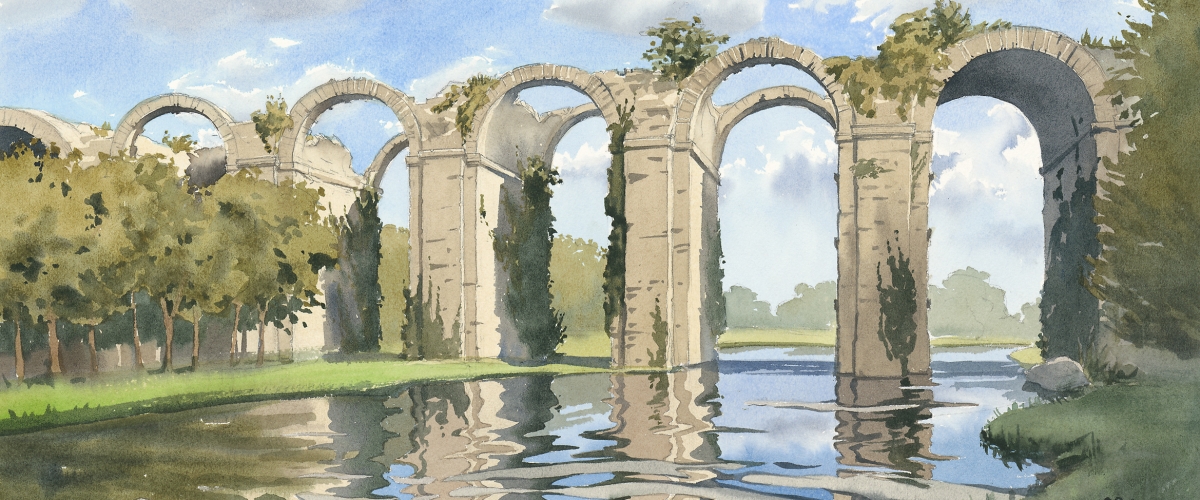
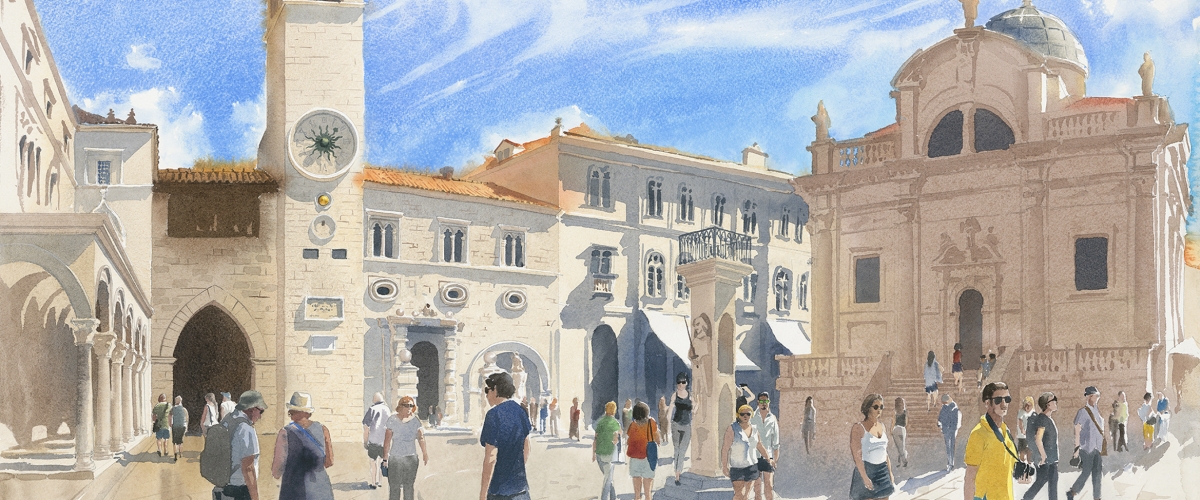
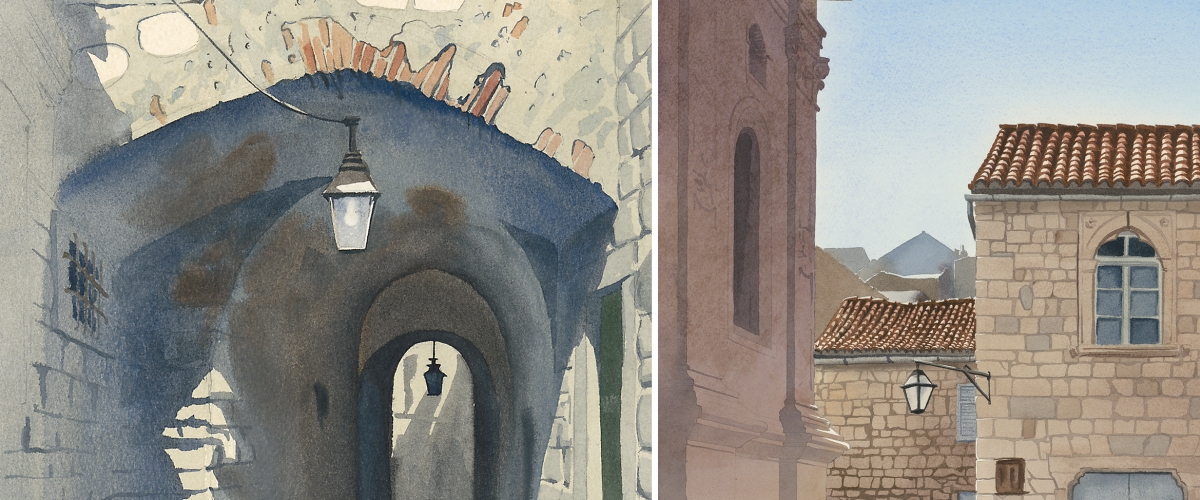
Good To Know
Travelers from the US only are required to have a valid US Passport – but it must NOT be due to expire within 6 months of your return flight.
Your flight destination will be Marrakech Menara International Airport (RAK) / Casablanca Mohammed V International Airport. Royal Air Maroc is the only airline that has direct flights from the US to Morocco, from both JFK and Washington Dulles.
You can also book flights traveling through major European airports, as there are many connecting flights to Marrakech through economy airlines such as Ryan Air, Easyjet, Iberia, etc. We’ve found that it is easier to find good connecting flights on the way to Marrakech than on the return, but you can take the opportunity to end your trip with a day or two stop in Spain, France, Portugal, England….
Immunizations are not required or necessary but check here for CDC recommendations.
Weather is predictably unpredictable so be sure to check on the estimated conditions the week before you travel. Even though Marrakech can be quite warm by day, it is usually quite cooler at night so pack light clothes that you can layer. We recommend cotton pants, long skirts, wraps or large scarves over tank and tee shirts, and a sweater or light jacket for chilly nights.
Your most important fashion asset: comfortable shoes for traversing the Medina on sightseeing and shopping adventures!
Morocco is a Muslim country and women generally dress more modestly than in the US or Europe. Like elsewhere, dress codes are gradually becoming more lax and there is a lot of tolerance for tourists, but wearing clothing that covers your best “assets”, and that your grandmother would approve of, shows cultural respect, good taste, and common sense.
The currency here is the Moroccan Dirham, and the exchange rate usually hovers these days around 10 Dirhams/1 Dollar. You CANNOT exchange for Dirhams outside of Morocco, but there are several currency exchange booths in the airport when you exit Passport Control and also located all around the Medina. Larger stores and restaurants may take Euros, but it’s really best to have dirhams.
If you bring large bills ($100) to exchange be sure that they are newer bills with holograms. Otherwise they will slide them back to you with a shake of their head.
Another good option for padding your wallet with dirhams is to use the ATM machines which are located around the medina. The exchange rate is a little better, especially if your bank or credit card doesn’t add foreign transaction fees (some homework for you). Be sure to notify your bank of your foreign travel destination so they don’t flag you for fraud. I also recommend that you bring 2 or 3 cards-just in case you still get flagged (happens!) and find too many things you just can’t live without.
- Free Wifi access in all rooms and common areas
- Bedside Mineral Water
- Hair Dryers
- One-time complimentary laundry service for retreat weeks
Extra items you should pack:
- European Plug adapters
- Electricity Converter for hair appliances (cellphones and computers generally have built-in converters)

Comments (0)